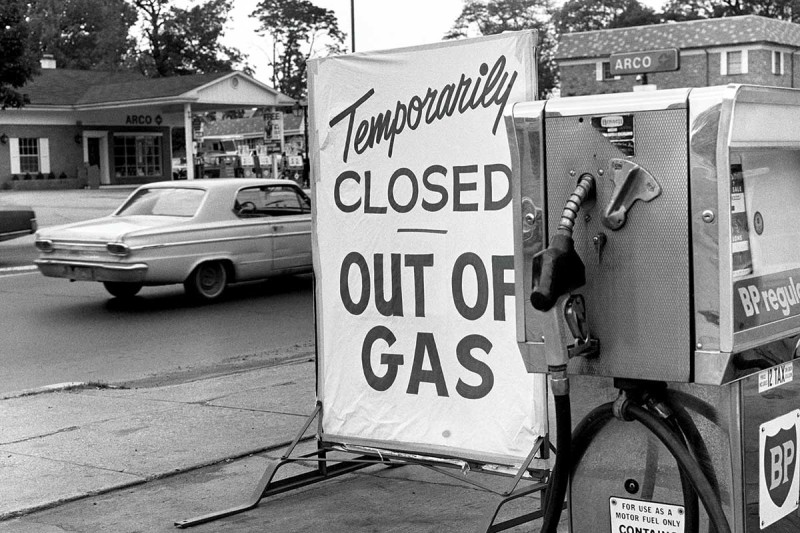(artberman.com) Rig count matters. Saying that it doesn’t is like a realtor saying that location doesn’t matter.
Rigs Don’t Produce Oil
The holiest mystery of shale plays is that so much production is possible with ever-fewer rigs.
But if we look at the number of producing wells, the mystery evaporates. That’s because rigs don’t produce oil and gas. Wells do.
Horizontal wells in a few tight oil plays tell most of the story for U.S. production. Figure 1 shows the rig count and number of producing wells for the Bakken, Eagle Ford, Permian, Niobrara, Mississippi Lime and Granite Wash plays. Figure 1. Tight oil horizontal rig count and number of producing wells. Source: Baker Hughes and Labyrinth Consulting Services, Inc. Although rig counts decreased dramatically beginning in late 2014, the number of producing wells continued to increase until very recently. This may be a technical triumph for the drilling industry but it is no cause for oil producers to celebrate.




